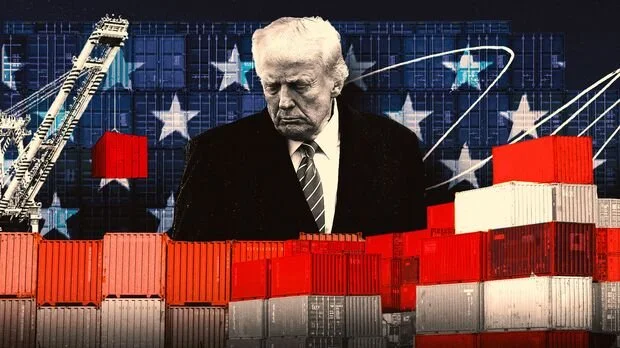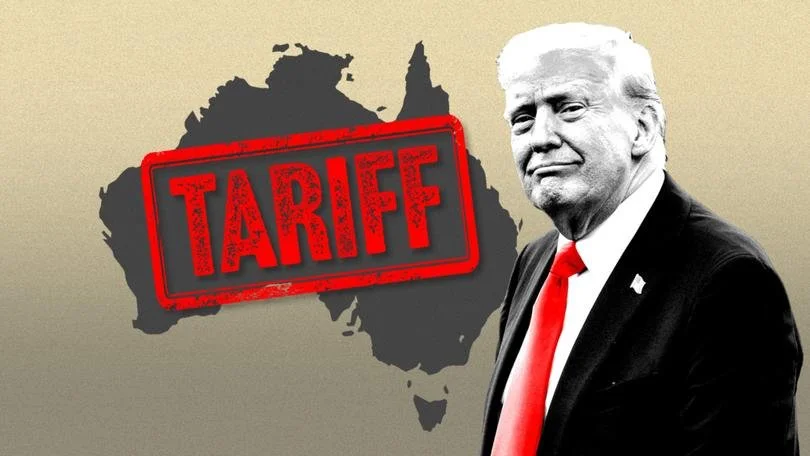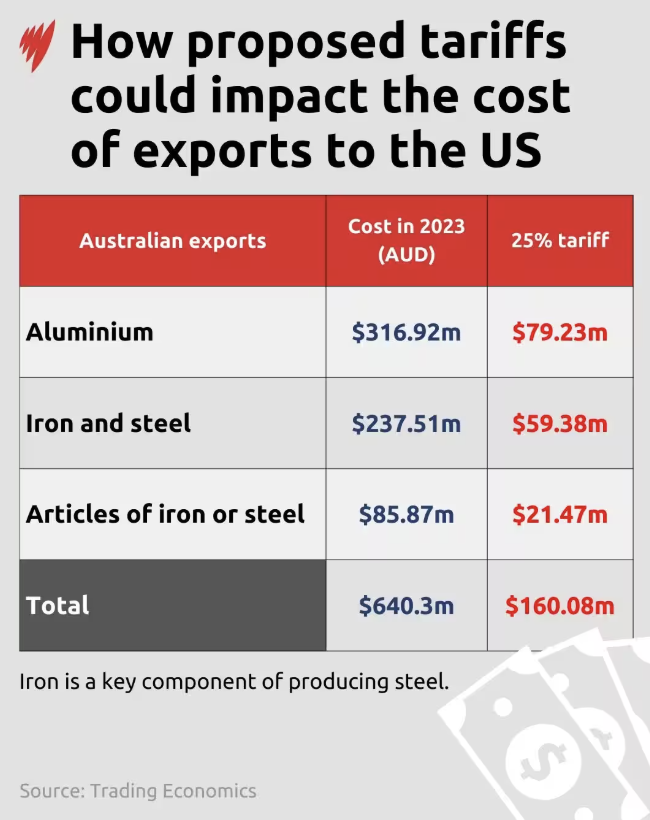💣 Trump’s Tariff Plan Just Landed — Here’s What It Means for Australia
April 2, 2025. “Liberation Day.”
That’s what Donald Trump is calling it — the date his sweeping new global tariff plan kicks in. But for Australia, it may feel more like an economic ambush than a celebration.
Trump’s proposed tariffs target imports from key trading partners, including the European Union, South Korea, Brazil, and crucially — Australia. With no exemptions in sight, the policy marks a bold attempt to reshape global trade in favour of U.S. manufacturing. But what does that mean for Australians at home and abroad?
🌏 Key Impacts on Australia
1. Steel & Aluminium Hit First
Australia is already feeling the burn. As of March 12, a 25% tariff on steel and aluminium exports to the U.S. has come into force — wiping out earlier exemptions and undercutting competitiveness for local producers ¹.
2. Global Trade Disruption
Trump’s tariffs could send shockwaves through global supply chains. With the U.S. applying blanket levies — including a 25% tariff on auto imports — the ripple effects could slow global economic growth. For Australia, which depends heavily on trade, this poses a risk of reduced export demand, currency volatility, and rising global uncertainty ².
3. Diplomatic Roadblocks
Prime Minister Anthony Albanese has already attempted to engage with the Trump administration to seek exemptions for Australia — but so far, it’s been radio silence. With no clear pathway to exemption, Australian industries are bracing for economic fallout ³.
⚖️ Opportunities and Challenges
The Challenge:
Key Australian exports to the U.S. — including metals, vehicles, and machinery — face cost pressures. Small businesses relying on U.S. suppliers may also feel the pinch from retaliatory tariffs or price hikes.
The Opportunity:
This could accelerate Australia's push to diversify trade ties across Asia-Pacific and strengthen regional partnerships. It’s a timely reminder to reduce overreliance on the U.S. market and invest in supply chain resilience.
🔍 Final Takeaway
Trump’s global tariff plan is not just about America — it’s a shot fired across the global economy. For Australia, it signals both a test of economic resilience and a turning point in trade strategy. With global uncertainty rising, adaptability will be key.
Australia may not control U.S. policy — but it can choose how to respond.



